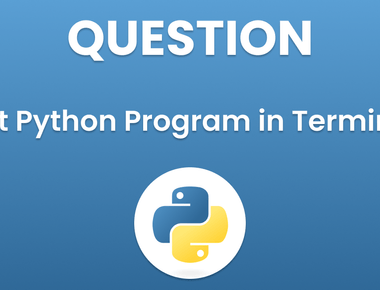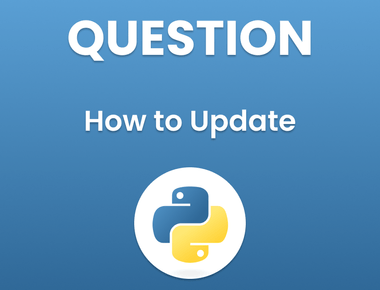Table Of Contents

How to Get Python Output in Text File
When it comes to programming with Python, one of the most common tasks is to save the program’s output to a file. In this article, we will show you how to get Python output in text file, step-by-step.
Step 1: Open a Text Editor
Before we start coding, we need to open a text editor. This could be any text editor, including Notepad, Sublime Text, or Visual Studio Code. For this tutorial, we will use Notepad, as it is a simple text editor that comes pre-installed with Windows.
Step 2: Write the Python Code
Now that we have our text editor open, we can start writing the Python code. In this example, we will write a simple “Hello, World!” program.
print("Hello, World!")
Step 3: Save the Python File
Next, we need to save our Python code to a file. To do this, click on “File” in the top-left corner of Notepad and select “Save As.”
In the “Save As” dialog box, navigate to the folder where you want to save your Python file. In the “File Name” field, type “hello.py” (without the quotes) and select “All Files” from the “Save as type” dropdown menu. Then click on the “Save” button.
Step 4: Run the Python Program
Now that we have our Python code saved to a file, we can run the program. Open a command prompt or terminal window and navigate to the folder where you saved your Python file. Then enter the following command:
python hello.py
This will run your Python program and output “Hello, World!” to the console.
Step 5: Redirect Output to a Text File
To redirect the program’s output to a text file, we can use the ”>” symbol followed by the name of the text file we want to create. how to write python output to text file, For example, to redirect the output of our “Hello, World!” program to a file called “output.txt,” we would use the following command:
python hello.py > output.txt
This will create a new file called “output.txt” in the same folder as your Python file and write “Hello, World!” to the file.
Step 6: View the Text File
To view the contents of the text file, we can use any text editor, including Notepad, Sublime Text, or Visual Studio Code. Simply open the text file in your preferred editor, and you will see the program’s output.
Conclusion
In this article, we showed you how to get Python output in text file step-by-step. By following these instructions, you can easily save your Python program’s output to a file and view it at any time. We hope this tutorial has been helpful, and feel free to leave a comment if you have any questions.
Subscribe to our newsletter!
Quick Links
Legal Stuff
Social Media







